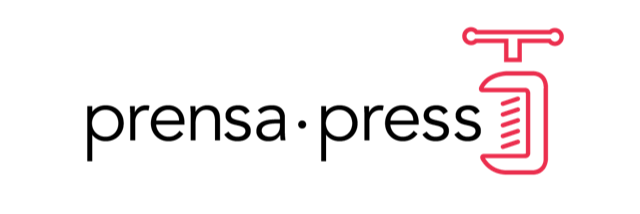Printing books in China and overseas can save publishers significant costs while maintaining the highest level of quality, but minimum book orders can be excessive for some projects.
Authors and publishers are often faced with the question of Printing in China vs print on demand while determining the market for their books. Printing in China and print on demand are two different printing methods that are widely used in the modern printing industry. Both of these methods have their own advantages and disadvantages, and each is suitable for different types of printing projects. The biggest deciding question is how many books need to be printed and on what deadline.
Printing in China typically involves large-scale printing of products such as books, magazines, and packaging materials. This type of printing is typically done in bulk and is ideal for publishers, product manufacturers, and other businesses that need to produce a large number of items quickly and cost-effectively.
Printing in China is usually done using offset printing, which is a high-volume printing process that uses a series of plates to transfer ink onto paper. This method is fast and efficient, making it ideal for large printing projects.
Benefits of printing books in China
One of the main benefits of printing in China is the cost savings. Due to the large scale of the printing industry in China, it is possible to produce products at a much lower cost than in other countries. This makes printing in China an attractive option for businesses looking to save money on their printing costs. Additionally, China has a well-established logistics infrastructure, making it easier and faster to transport printed materials to customers.
However, there are some downsides to printing in China. One of the main concerns is a lack of control over the printing process when using a Chinese printer, which can lead to miscommunication and errors in the final product. It is important to work with a trusted printer or intermediary with a longstanding relationship with the printer.
Print on demand, on the other hand, is a newer printing method that allows businesses to print products only as they are needed. This is done using digital printing technology, which can produce high-quality printed materials quickly and at a relatively low cost. Print on demand is ideal for businesses that have a small number of products to sell or for those that need to produce products quickly and efficiently.
What is print on demand?
One of the main benefits of print on demand is the low cost of printing. Unlike printing in China, which requires a large initial investment in order to produce a large number of products, printing on demand only requires the cost of printing each item as it is needed. This makes it an attractive option for businesses that are just starting out or that only need a small number of products.
A downside to this is the cost-per-book is typically much higher than printing in bulk.
Another advantage of print on demand is the flexibility it offers. Because products are only printed as they are needed, businesses can change their product offerings quickly and easily. This makes it possible for businesses to respond to changes in demand without having to worry about the costs associated with printing large quantities of products that may not sell.
However, there are also some disadvantages to printing on demand. One of the main disadvantages is the cost per item, which is typically higher than the cost of printing in China. This makes print on demand less attractive for businesses that need to produce a large number of products.
Some of the top print on demand suppliers include IngramSpark, Draft2Digital, Amazon’s KDP and Lulu.
Related: Book printing in China frequently asked questions
In conclusion, when it comes to the question of printing in China vs print on demand each has its own advantages and disadvantages. Printing in China is ideal for businesses that need to produce a large number of products quickly and cost-effectively, while print on demand is better suited for businesses that have a small number of products to sell or that need to produce products quickly and efficiently.
The choice between the two will depend on the specific needs of the business, including the size of the printing project, the cost per item, and the speed of production.determining

